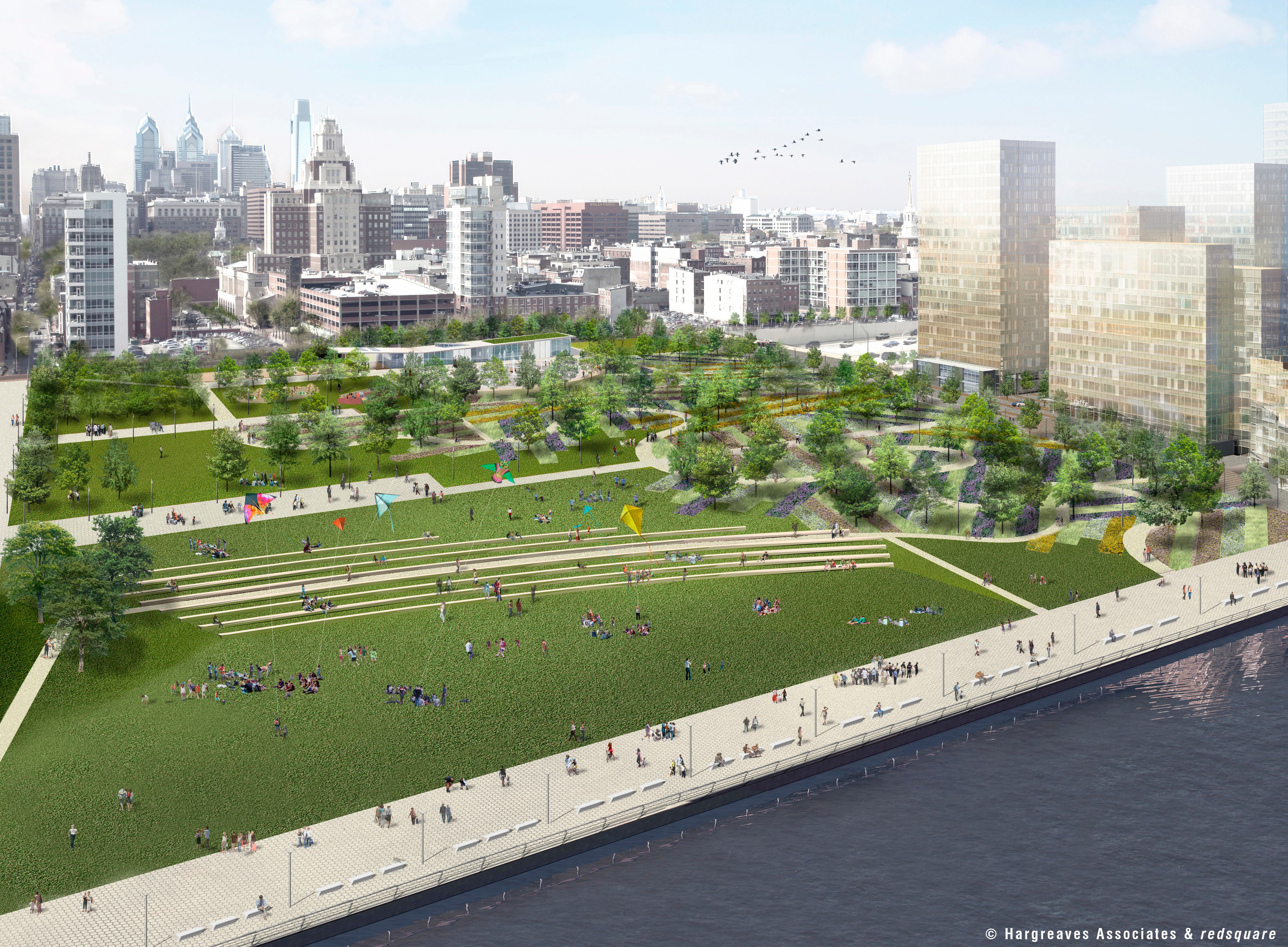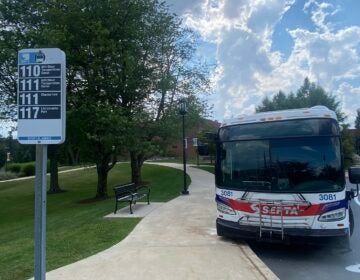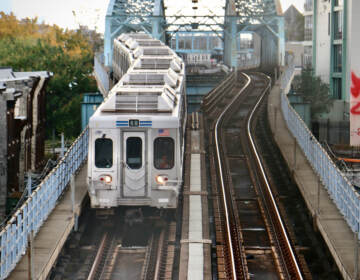DVRPC authorizes study for capping I-95, gets funding for bike trails from William Penn

A number of transportation projects, including the dream of capping part of I-95 to improve access to Penn’s Landing and the expansion of the Frankford Creek Greenway Section, took another step towards reality at last week’s meeting of the Delaware Valley Regional Planning Commission (DVRPC) board. The DVRPC board also approved a $7 million grant from the William Penn Foundation for completing the Circuit, the region’s multi-use trails network.
DVRPC approved the City of Philadelphia’s request to spend $4 million studying the upcoming reconstruction of I-95 between Spring Garden and Broad Street, which would include looking at the possibility of connecting Penn’s landing with the rest of the city by capping I-95. The Delaware River Waterfront Corporation released a study in April suggesting that building a four-acre park over I-95 would cost approximately $250 million, but would generate $1.8 billion in economic growth.
Most of what is the region’s most trafficked road is set to be replaced and improved in the coming years – PennDOT started construction in 2009, with plans to finish reconstruction in 2025. PennDOT split the highway into various sections, planning, designing and building them in separate projects.
While most of the work on I-95 focuses on simply repairing and preserving the highway, especially its many overpasses and onramps, this study would address how “the placement of I-95 between the City’s core and … the City’s waterfront hindered economic development and recreational use along the waterfront,” and then “propose mitigation of those impacts.” The DRWC study contemplated capping I-95 between Chestnut and Walnut Streets, providing a direct pedestrian line from Independence Hall to Penn’s Landing.
The DVRPC separately authorized federal funds under Transportation Alternatives Program (TAP).
The federal TAP program allocates funds to state transportation agencies, like PennDOT, to award through competitive processes for so-called “alternative” transportation like pedestrian and bicycle facilities. The TAP program also gives funds directly to regional planning organizations, like the DVRPC, but the DVRPC is also allowed to apply for state allocated funds. DVRPC received $7.8 million from PennDOT for 13 such projects in the region, including $250,000 to the City of Philadelphia for the Bike Share program, $1,000,000 to Philadelphia Parks and Recreation for Section 1 of the Frankford Creek Greenway. Section 1 of the linear park and trail will be built along its eponymous creek from Aramingo to Delaware Avenue, connecting it to the Delaware River Trail. Ultimately, the Frankford Creek Greenway will link to the Tacony Creek Park.
Separately from the DVRPC meeting, but in connection with the $7 million it awarded the DVRPC, the William Penn Foundation also announced giving $1.6 million to the Rails-to-Trails Conservancy. The Rails-to-Trails Conservancy’s grant is earmarked towards implementing a communications program to build awareness of the Circuit, whereas the DVRPC grant will go to supporting final design and engineering work for trail projects. When complete, the Circuit will total 750 miles of bicycle and pedestrian trails throughout the region.
The DVRPC also opened up its Fiscal Year 2016 Planning Work Program to public comment on December 16th, which will close on January 12th. The Work Program largely covers planning projects, which are themselves planned months in advance. The DVRPC can amend the program – as it did to include the William Penn grant for next year – but the bulk of it is prepared upfront by the DVRPC staff in conjunction with elected officials, transit organizations and planners from the nine-county region.
WHYY is your source for fact-based, in-depth journalism and information. As a nonprofit organization, we rely on financial support from readers like you. Please give today.






